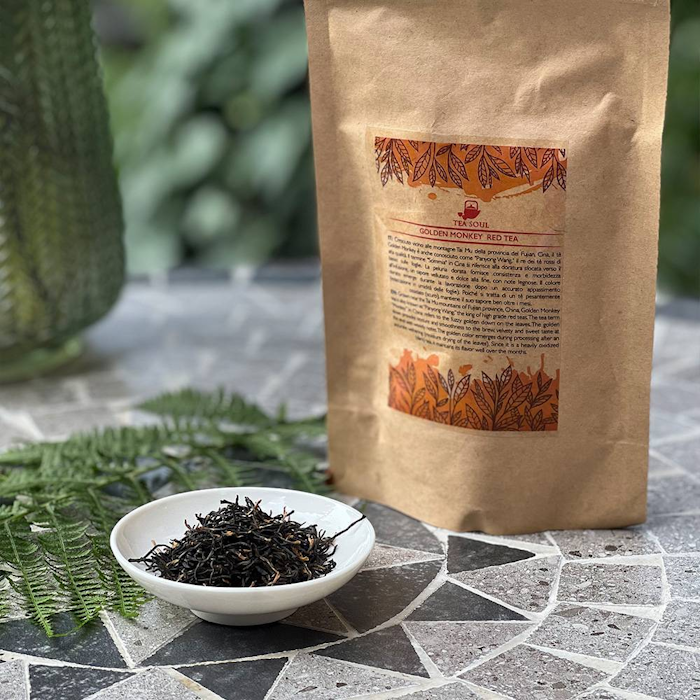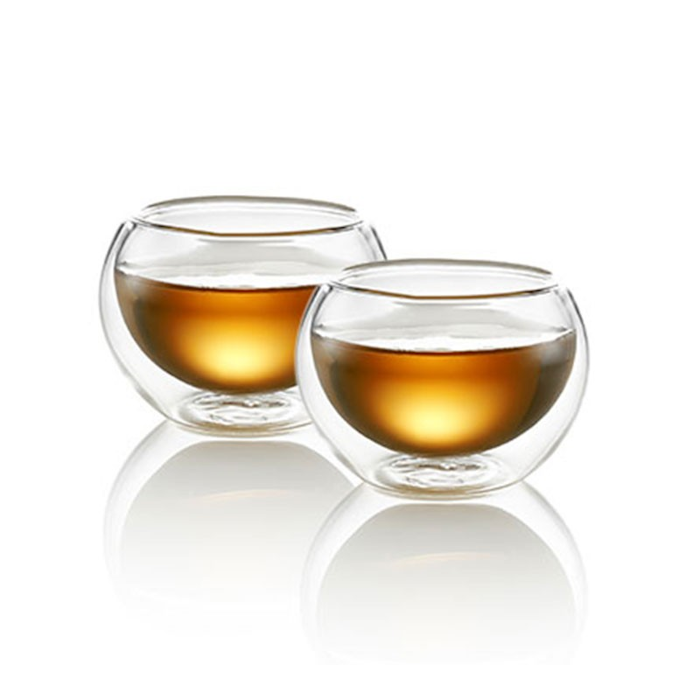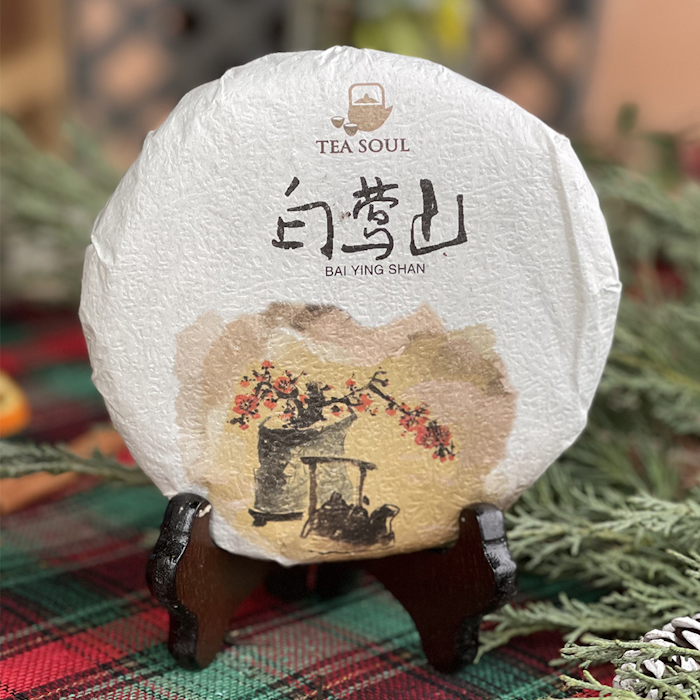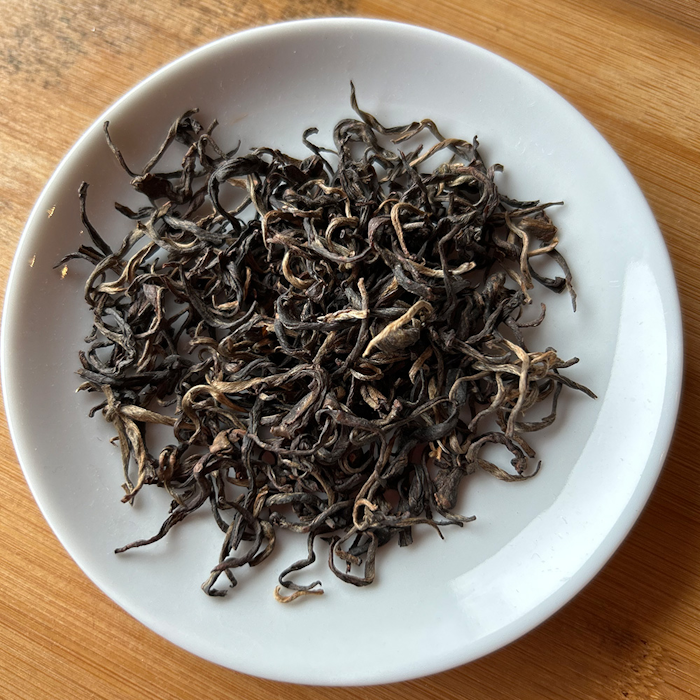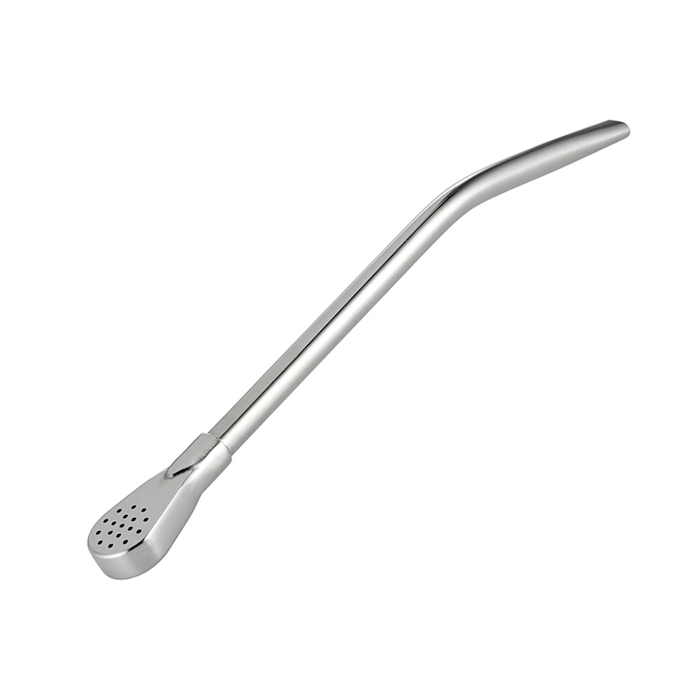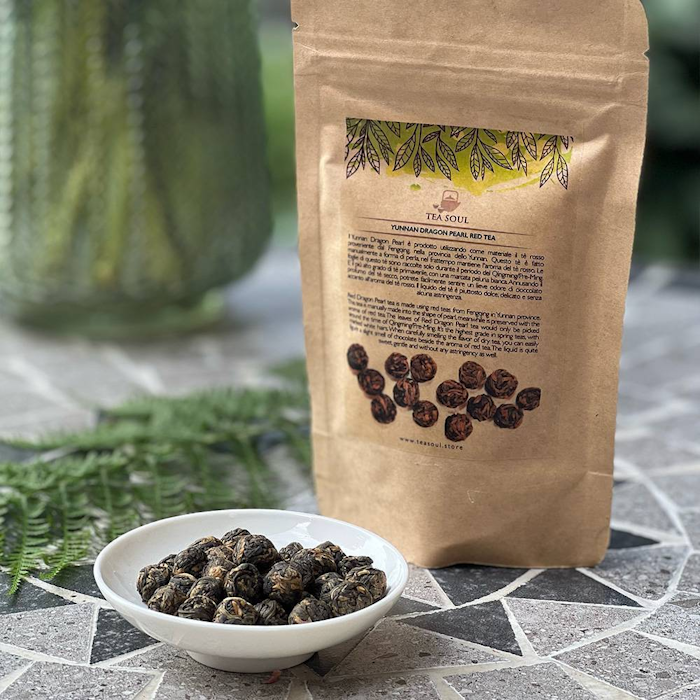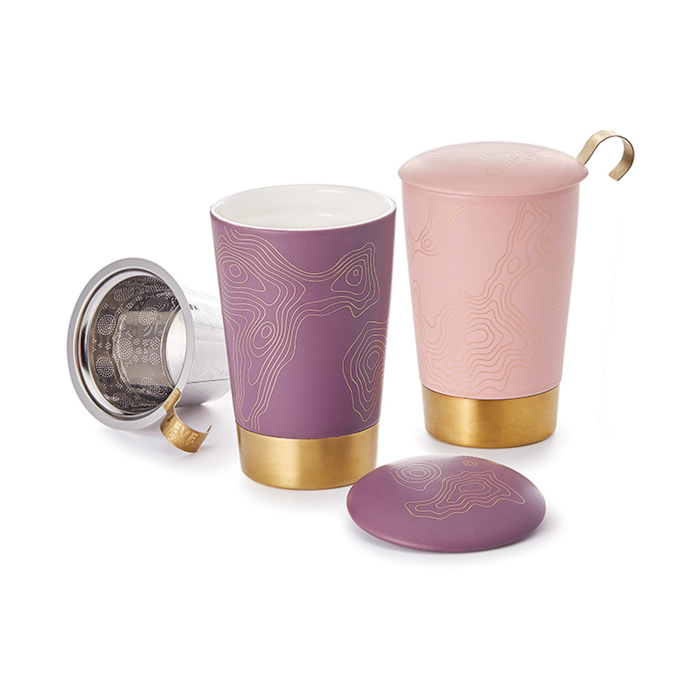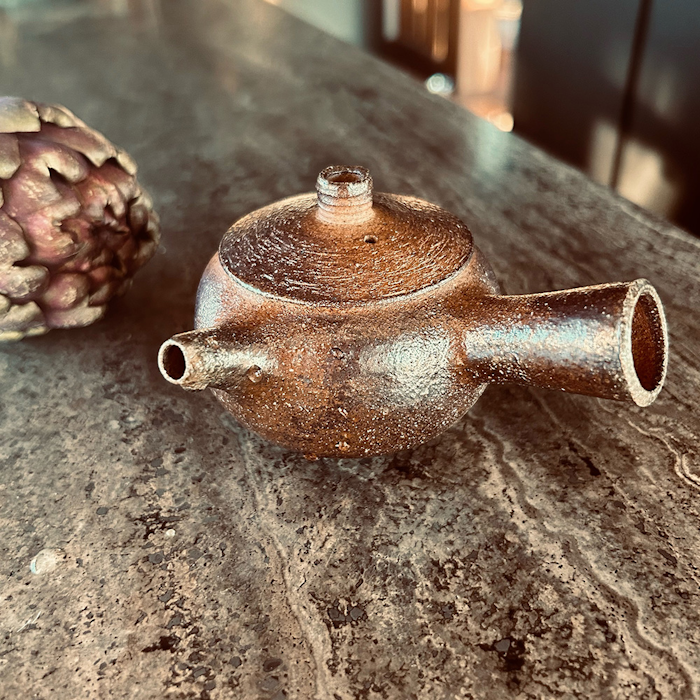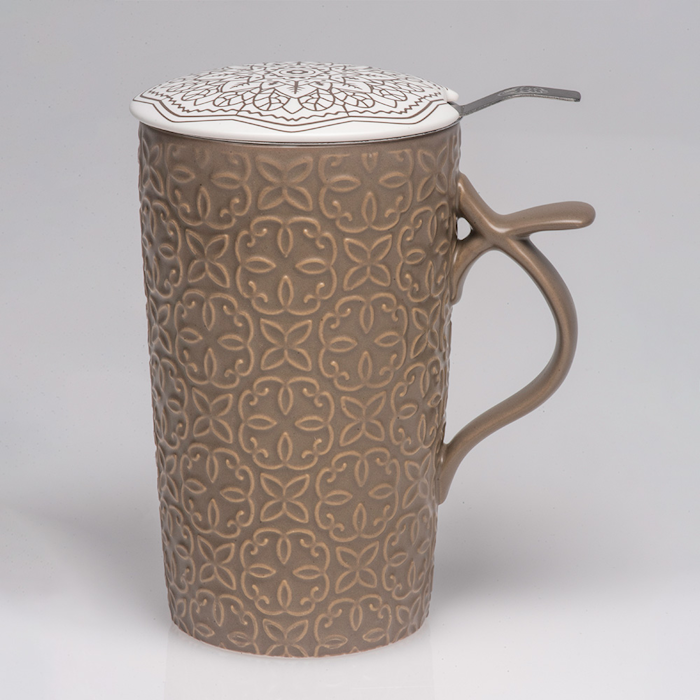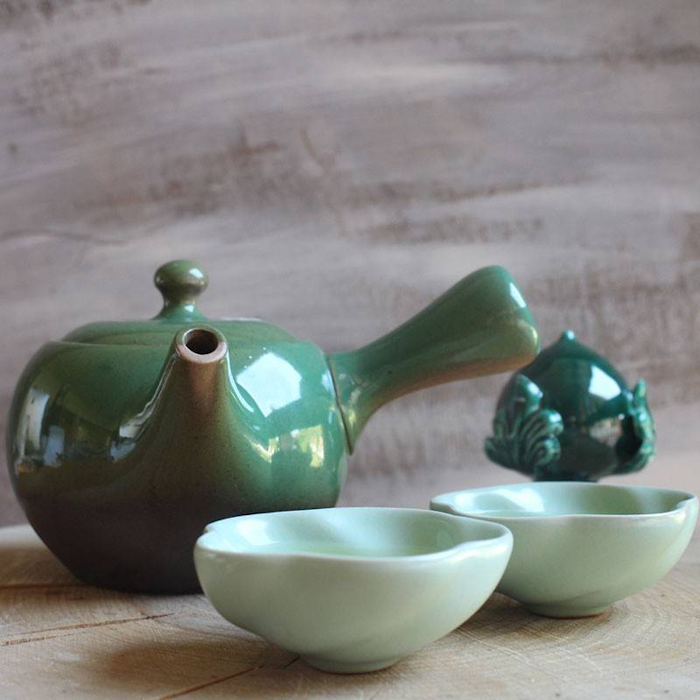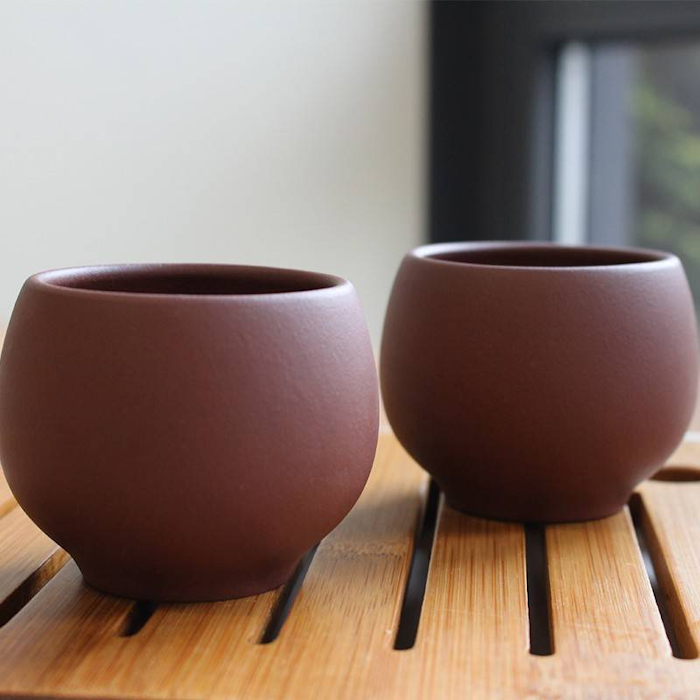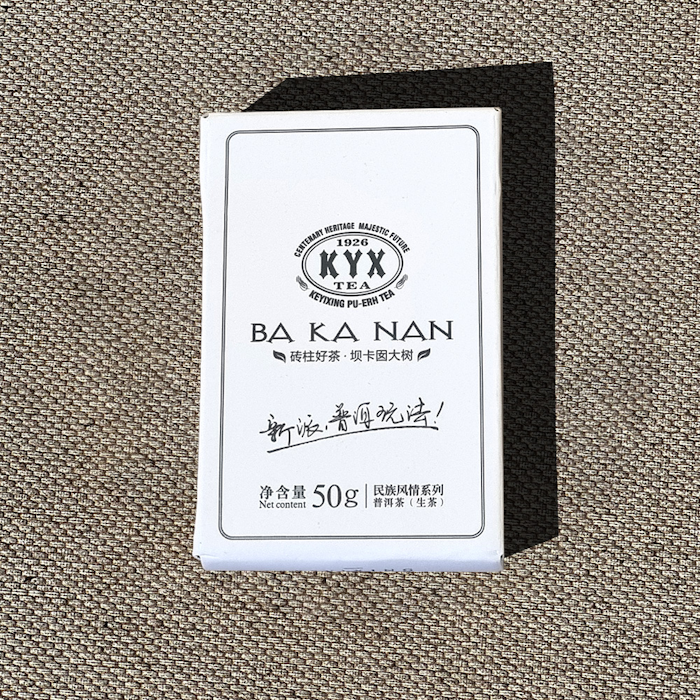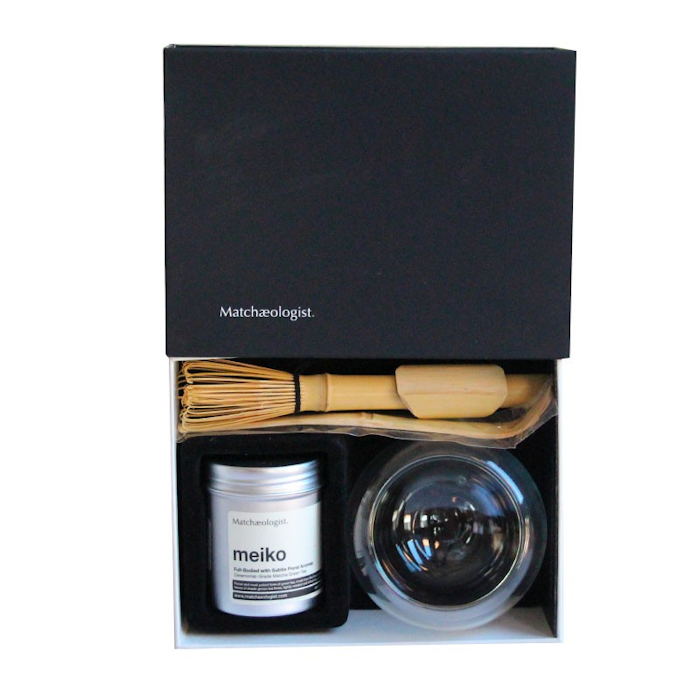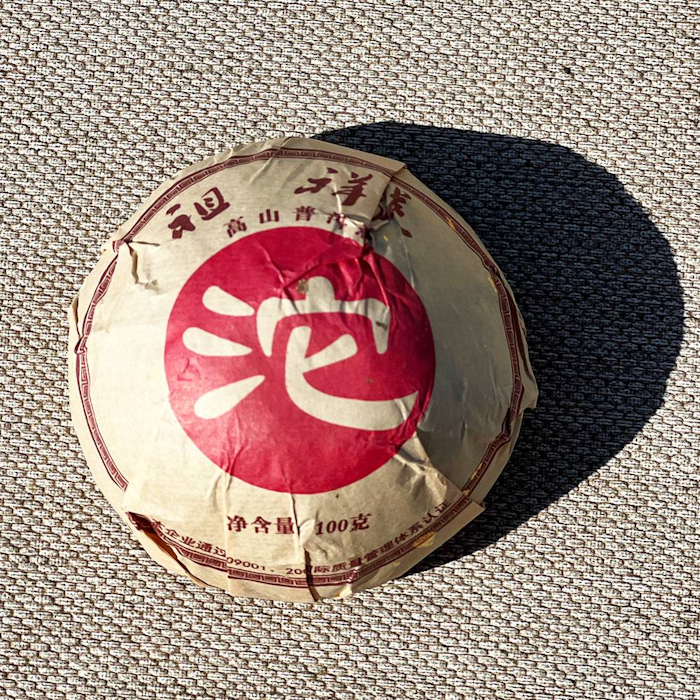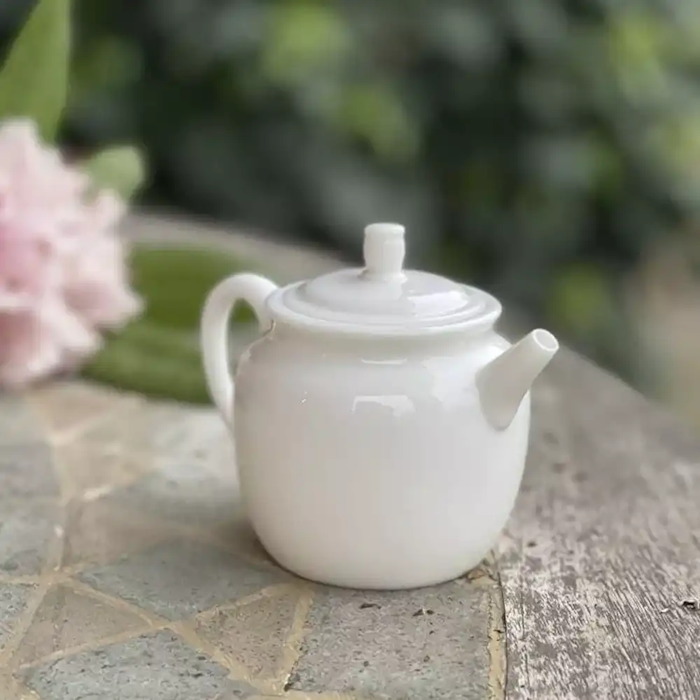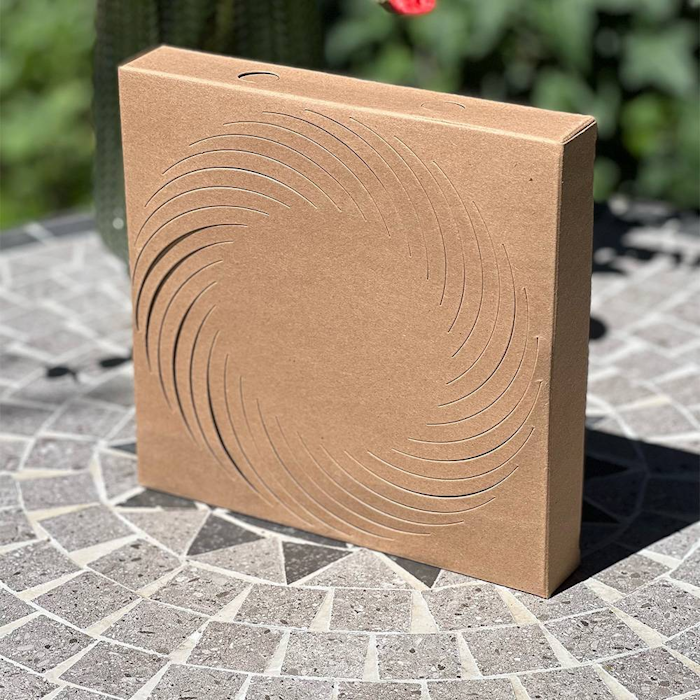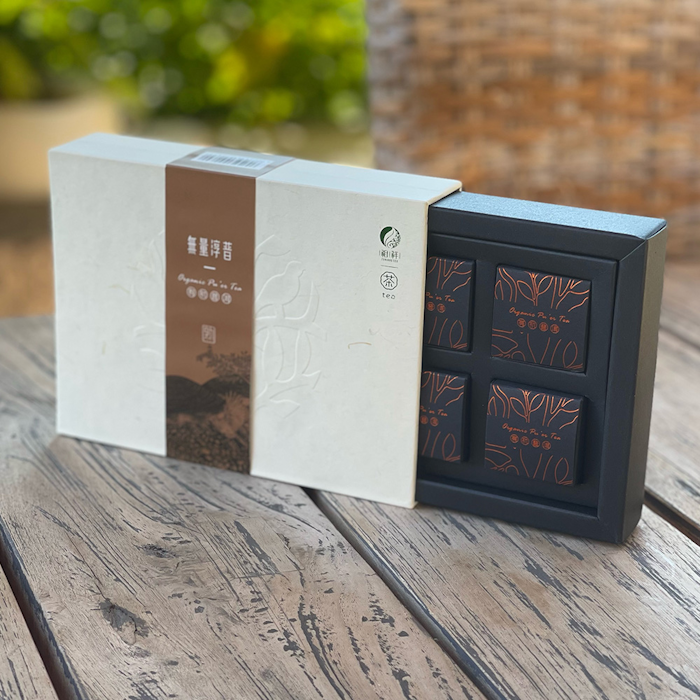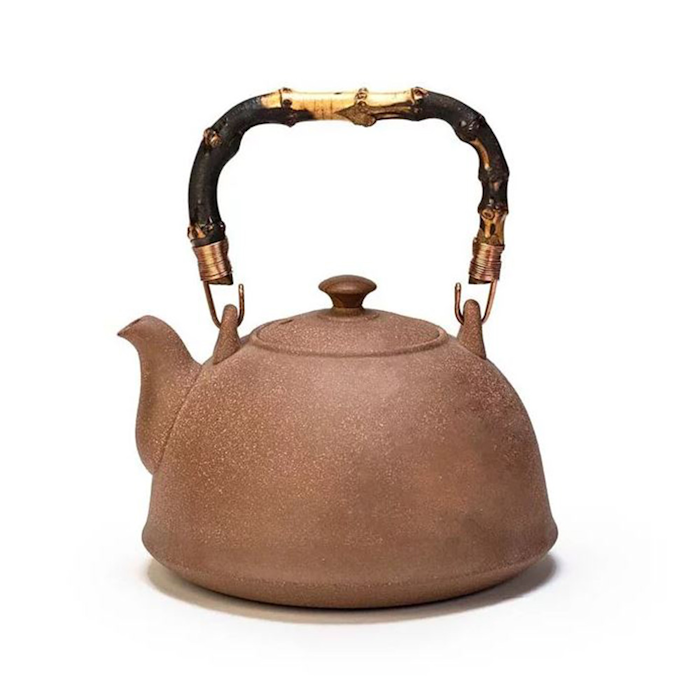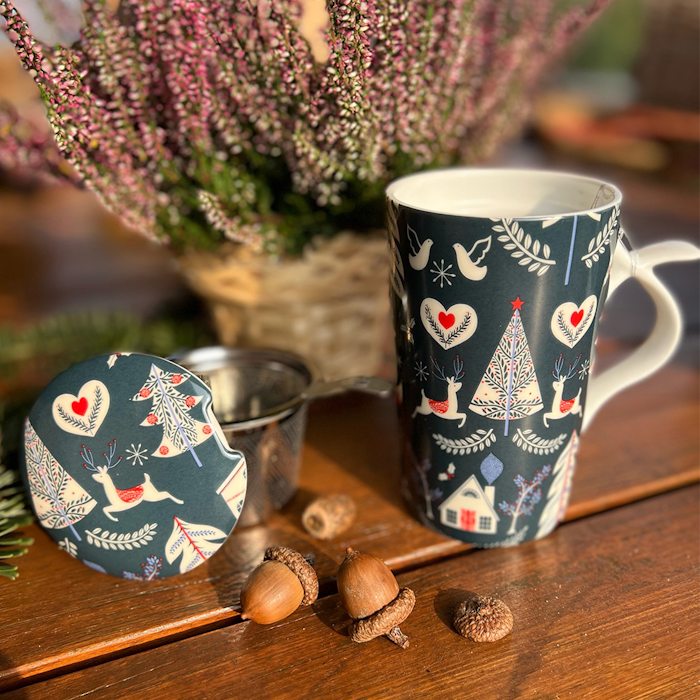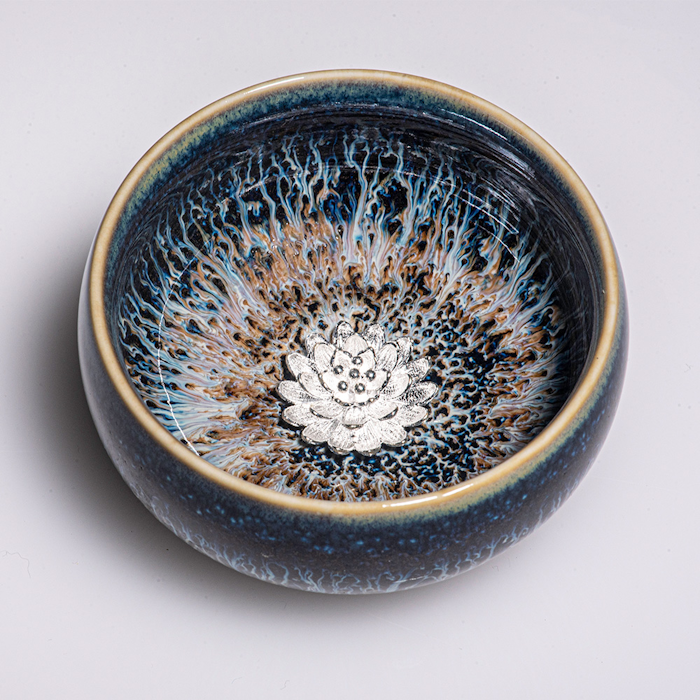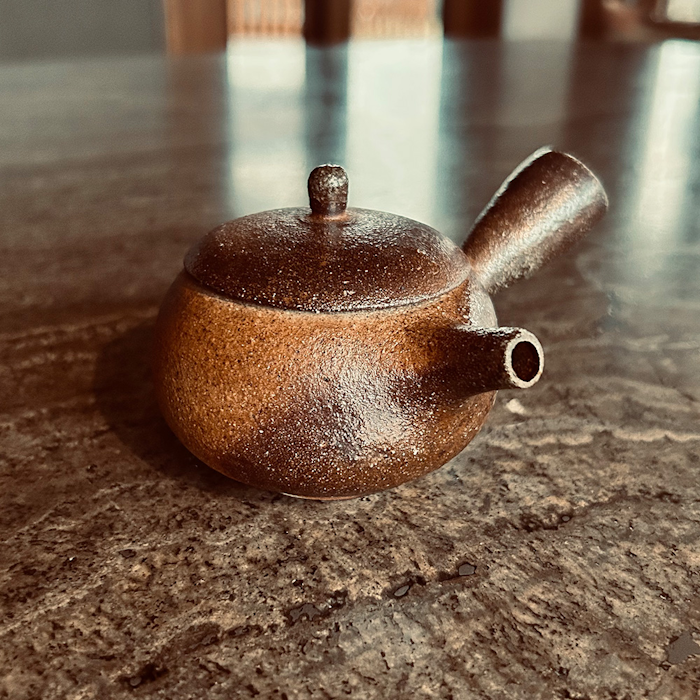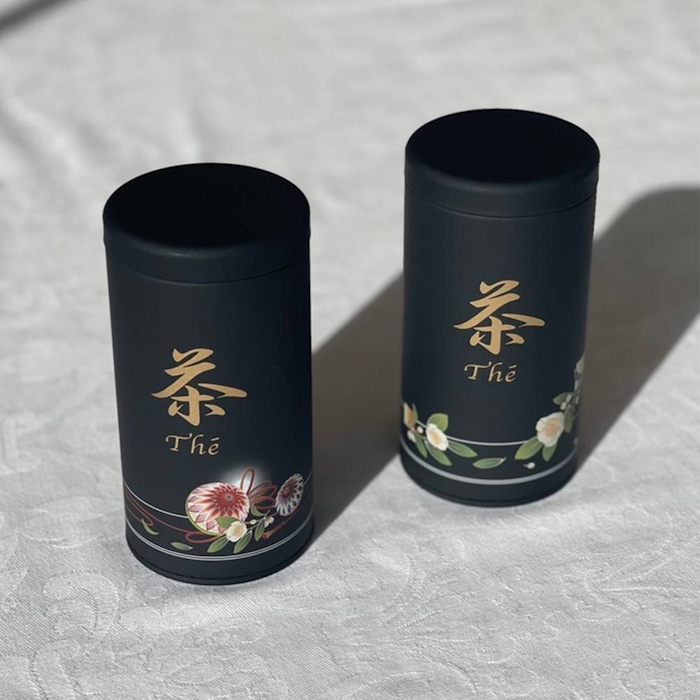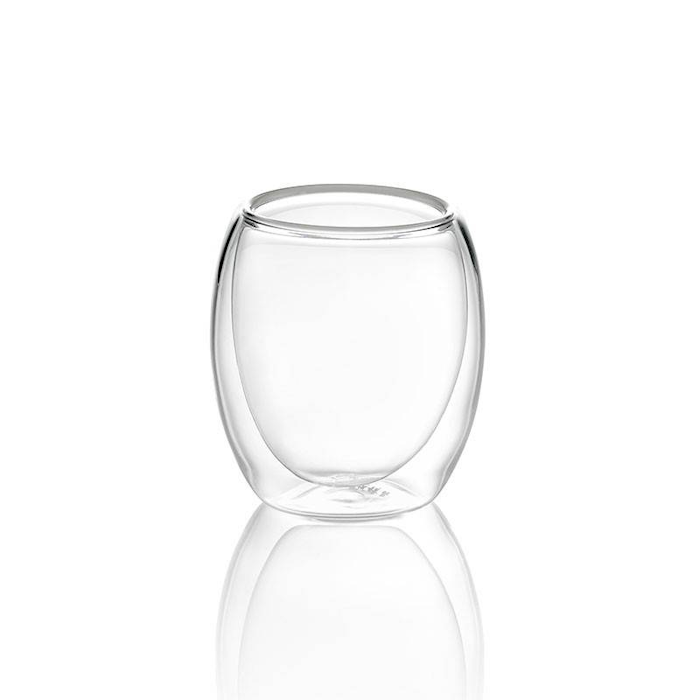The Ripe Refined organic Puer Shu (cooked) tea is a product that, because of its loose leaf format, can give an additional perspective regarding the effect of fermentation on camellia leaves. Choosing not to press the product into the classic discoidal shape or into a Tuo allows the puer to shed more in cold of the moisture accumulated during the fermentation process, which in Chinese is called wodui. This factor immediately makes the flavor profile of the tea clearer and therefore also easier to interpret for those who are approaching this type of puer for the first time.
In the case of ripe refined, the infusion immediately shows the typical sweetness due to fermentation accompanied by a smooth body. After this almost vanilla-like flavor, however, comes a slight bitter note similar to that of somewhat burnt bread crust. Finally, after this brief bitter interlude, the brew shows other typical shu traits such as the taste of stewed herbs and a slight sensation of freshness. We invite you to compare the refined ripe with the puer shu (cooked) pine tea because, although they have the same format, these two products give a quite different representation of fermentation and, therefore, two useful cues to better understand this category of tea.
Location of origin
Yunnan, China
Production
After harvesting, the leaves are left to wither in the sun for a certain amount of time depending on the producer before going through the "killing the green" stage, which is purportedly similar to that used to produce green teas. The special feature, in this case, lies in not heating the leaves as much as is done for a green tea so that certain enzymes capable of changing flavors over time are preserved. Once cooked, the leaves are taken in large quantities and stacked to form large piles. The plant mass arranged in this way is then moistened and covered with cloths so that heat can be retained and the fermentation process can begin.
Here the producer will have to skillfully move the leaves around and wet them lightly as he goes so that the fermentation progresses steadily and is distributed as evenly as possible. Once this process is finished, which can last from 20 to 70 days, the leaves are expanded and left in contact with the air so that the microorganisms responsible for fermentation dry out and die, leaving the finished product. Once there, one can (eventually) proceed to press the puer so as to give it the best conditions to be transported and aged.
Preparation
We strongly recommend infusing this tea in the traditional Chinese method (gong fu cha) to best enjoy these leaves. Following this preparation, 6 grams of leaves (about 4 teaspoons) can be used in a gaiwan of about 100 ml to obtain multiple infusions with different tastes. After a quick rinse of the leaves in water at 100°C, a first infusion of 15 seconds can be made, and after that, keeping the water at the same temperature, the time can be increased each time by 5 seconds from the previous infusion (15 - 20 - 25...)
This tea has a longevity of about 7 infusions.
For a classic preparation according to the Western style we recommend 3 grams of leaves (about 2 teaspoons) in a 150 ml cup with water at 100°C for an infusion time of one and a half minutes.
The tea can be filtered for ease when tasting and also the infusion times given here above are meant to be purely indicative so you can also adjust according to your personal taste.
We recommend storing in a cool, dry place away from direct sunlight.
The tea is also recommended to be brewed in a cool, dry place away from direct sunlight.









